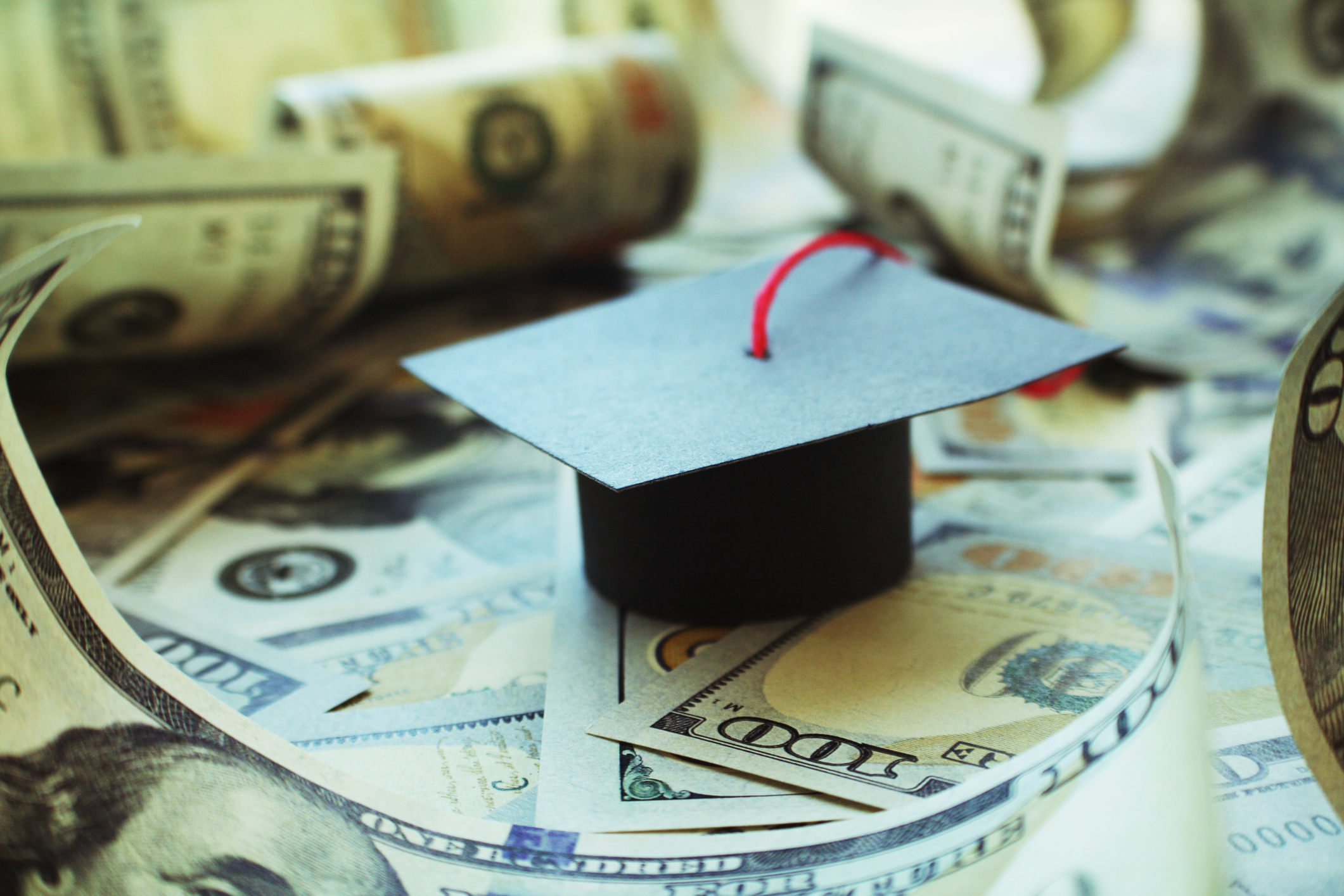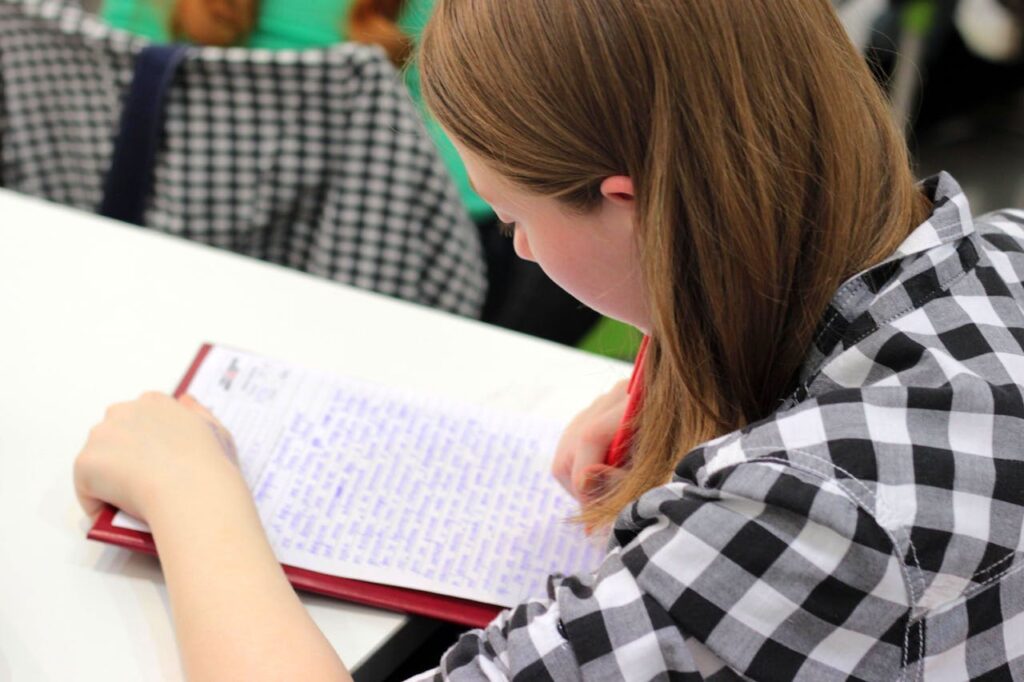
The Private Loan Landscape
While federal loans dominate the student debt landscape, private student loans, often obtained from banks, credit unions, and other financial institutions, contribute a substantial $130 billion to the overall debt burden. These loans, which lack the protections and repayment flexibility of federal loans, can exacerbate the financial strain on borrowers, particularly those from economically disadvantaged backgrounds.
Notably, 88.93% of the outstanding private loan balance is attributed to undergraduate loans, while the remaining 11.07% stems from graduate student borrowing. This distribution highlights the critical role private loans play in bridging the gap between the rising costs of higher education and the limited resources available to many students and their families.
The Repayment Quagmire
As borrowers grapple with the daunting task of repaying their student loans, a multitude of repayment options emerge, each with its own intricacies and implications. The federal student loan system offers a range of plans, from the standard and graduated repayment plans to income-driven options like Income-Contingent Repayment (ICR), Income-Based Repayment (IBR), Pay As You Earn (PAYE), and Revised Pay As You Earn (REPAYE).
The distribution of the federal loan portfolio across these repayment plans reflects the diverse financial circumstances and priorities of borrowers. For instance, loans totaling $202 billion are enrolled in the standard repayment plan, while $91 billion are subject to the graduated plan, which allows for gradually increasing payments over time.
Income-driven repayment plans, designed to alleviate the burden on borrowers with limited incomes, account for a substantial portion of the portfolio, with $173 billion in IBR, $112 billion in PAYE, and a staggering $200 billion in REPAYE. These plans offer a lifeline to those struggling to balance their loan obligations with other financial commitments, underscoring the government’s recognition of the need for flexibility and affordability in repayment structures.
The Forgiveness Conundrum
Amidst the mounting student debt crisis, various loan forgiveness programs have emerged as potential lifelines for borrowers drowning in debt. The Public Service Loan Forgiveness (PSLF) program, designed to incentivize public service careers, has garnered significant attention, with over $1 billion in federal loans forgiven since its inception.
However, the path to forgiveness has been fraught with challenges, with a mere 10,776 borrowers successfully navigating the intricate requirements and bureaucratic hurdles to secure relief as of September 2021. The approval rate for PSLF applications has been abysmally low, with only 3.3% of applications receiving the green light since the program’s inception, underscoring the need for greater transparency and streamlining of the process.
Beyond PSLF, the Teacher Loan Forgiveness Program has provided a measure of relief to educators, with up to 10,100 teachers successfully securing partial or total forgiveness of their student loan balances. Nonetheless, the overall impact of these programs remains modest, with only $197.3 million in federal loans forgiven through the Teacher Loan Forgiveness Program, a mere fraction of the towering $1.74 trillion debt burden.
The COVID-19 Pandemic’s Impact
The COVID-19 pandemic, while devastating in its toll on human lives and the global economy, provided a temporary respite for student loan borrowers in the form of the CARES Act. Introduced between the second and third financial quarters of 2020, this legislation offered relief to an estimated 35 million borrowers by suspending loan payments and interest accrual on federal student loans.
The impact of this measure was immediate and far-reaching, with the amount of student loan debt in repayment plummeting by a staggering 82% between the second and third quarters of 2020. Simultaneously, the number of loans in forbearance skyrocketed by 375%, reflecting the widespread embrace of this temporary relief measure.
However, as the pandemic’s grip gradually loosened, the reprieve drew to a close, and borrowers found themselves once again grappling with the weight of their loan obligations. As of the second quarter of 2023, a mere 300,000 borrowers, or 0.69% of the total, had loans actively in repayment, while a staggering 65.8% of all federal student loan debt remained in forbearance, a lingering testament to the financial strain exacerbated by the pandemic.
The Road Ahead
As the nation grapples with the mounting student debt crisis, the road ahead is shrouded in uncertainty and fraught with challenges. The Biden administration’s efforts to provide broad student loan forgiveness have faced legal setbacks, with the Supreme Court ruling out the initial plan to forgive $441 billion in federal student loan debt in June 2023.
Undeterred, the administration has pursued alternative avenues for relief, forgiving loans for specific groups, including disabled borrowers, those who paid the wrong amounts toward income-driven repayment plans, and those whose schools engaged in fraudulent practices. Additionally, a renewed effort at broader forgiveness is underway, though its fate remains uncertain amidst the complex legal and political landscape.
As the nation grapples with this monumental challenge, it becomes increasingly clear that a comprehensive, multifaceted approach is necessary to address the root causes and far-reaching consequences of the student debt crisis. Reforms to the higher education financing system, increased transparency and accessibility of loan repayment and forgiveness programs, and targeted efforts to address systemic inequalities are all critical components of a sustainable solution.
The path forward will undoubtedly be arduous, but the stakes are too high to ignore. The financial futures of millions of Americans hang in the balance, and the nation’s collective prosperity hinges on its ability to cultivate an educated, financially secure populace capable of driving innovation, economic growth, and social progress.
SEE ALSO: Affirmative Action Ruling: Colleges Struggle to Meet Diversity Goals












